Places, museums, monuments : 24
-
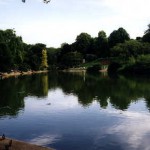 Place, museum or monumentMontsouris Park
Place, museum or monumentMontsouris ParkIt was as a result of Napoleon III's policy of creating, in Paris, urban green space at the four points of the compass that the Montsouris park was built on the plain of the same name between 1867 and 1878. The name Montsouris is a corruption of the word Moquesouris (mouse mocker), the ancient name […]
-
 Place, museum or monumentChurch of Saint-Pierre-Saint-Paul
Place, museum or monumentChurch of Saint-Pierre-Saint-PaulSaint-Pierre-Saint-Paul, the ninth-century parish church of Rueil-Malmaison, is the final resting place of the Empress Josephine and her daughter, Queen Hortense. The building itself however was altered many times over the centuries before its final restoration by Napoleon III in 1857. Josephine died in Malmaison on 29th May, 1814, and was buried four days later […]
-
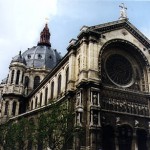 Place, museum or monumentSaint Augustin Church
Place, museum or monumentSaint Augustin ChurchDuring the second Empire, this neighbourhood, known as 'little Poland', underwent significant redevelopment following construction work by Haussmann – broad straight avenues were laid out and people flocked to live in the new houses built there, greatly increasing the population. A parish was therefore established and a church built, and great care was taken that […]
-
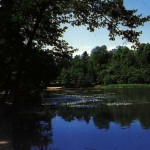 Place, museum or monumentNational Forest of Malmaison
Place, museum or monumentNational Forest of MalmaisonThe national forest of Malmaison covers 500 acres and was bought by Josephine in 1800. Part of the estate of the Château de Malmaison, it extended as far as the forest of Celle-Saint-Cloud.The Empress particularly enjoyed her walks around the estate. And beside the pond at Saint-Cucufa, she had a sheepfold and a cow-shed built. […]
-
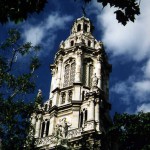 Place, museum or monumentTrinité Church
Place, museum or monumentTrinité ChurchThe decision to build the Trinité church was made in the Assemblée on the 22nd September 1855. The church, built in a neighbourhood turned upside-down by Haussmann's reconstruction of central Paris, was designed by the architect Théodore Ballu and building work lasted from 1861 to 1867. In fact, the clearing of the present-day place d'Estienne-d'Orves, […]
-
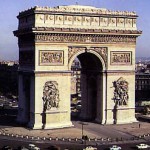 Place, museum or monumentArc de Triomphe de l’Etoile – Paris
Place, museum or monumentArc de Triomphe de l’Etoile – ParisIn 1806, Napoleon ordered the construction of a triumphal arch to glorify the Grand Army, and the first stone was laid on 6 August of the same year. Over 160 feet high, it outshone by far all of its predecessors. Designed after the Arch of Titus in Rome, it was meant to provide a majestic […]
-
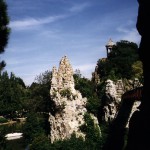 Place, museum or monumentButtes-Chaumont Park
Place, museum or monumentButtes-Chaumont ParkIt was on the immense 62.5-acre (25-hectare) stretch of wasteland between Belleville and La Villette that Haussmann and Alphand chose to construct one of the most extraordinary Parisian parks of the Second Empire, the “Parc de Buttes-Chaumont”. The name, derived from a contraction of the French words Monts chauves (bald hills), aptly describes the bare […]
-
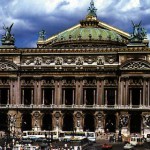 Place, museum or monumentGarnier Opera House
Place, museum or monumentGarnier Opera HouseOn 29th September, 1860, Napoleon III ordered the construction of a new opera house to replace the one in rue Le Peletier, a temporary building both too narrow and situated in a congested area of Paris. A contest in which 171 applicants competed was launched in December. It was won by a young architect still unknown […]
-
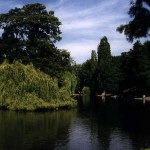 Place, museum or monumentBois de Vincennes
Place, museum or monumentBois de VincennesWork on the construction of the Bois de Vincennes (the forest of Vincennes) from the last remains of the forest to the East of Paris known as the Silva Lanchonia began in 1860. It was Napoleon III's desire to offer a place of recreation to the working class inhabitants of the XIIth and XIIIth arrondissements […]
-
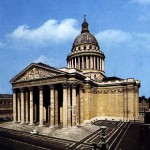 Place, museum or monumentPanthéon
Place, museum or monumentPanthéonConceived following a wish of Louis XV, Saint- Geneviève church was built by Soufflot then by Rondelet from 1764 to 1789. In 1791, the Constituent Assembly transformed the new church into a temple destined “to receive the great men of the epoch of French liberty.” Mirabeau, Voltaire, Le Peletier of Saint-Fargeau, Bara, Rousseau and Marat […]

